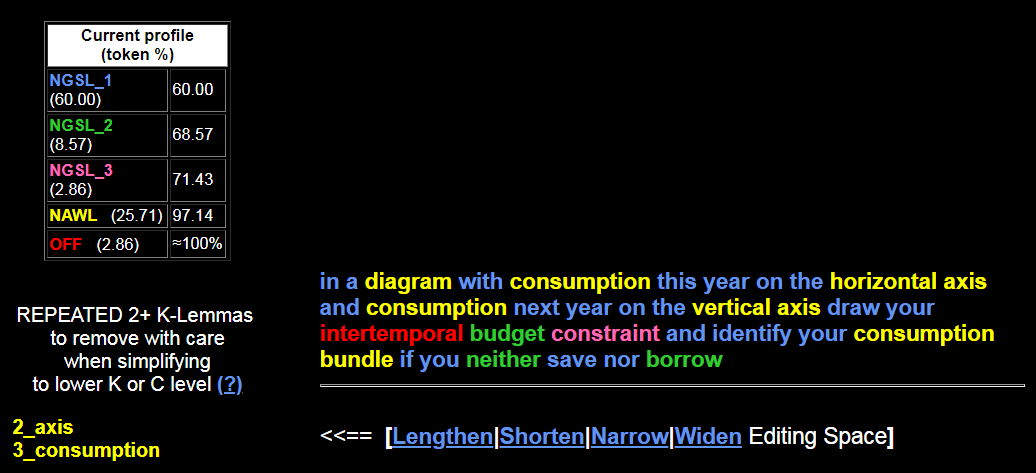In this entry, I provide a quick, prescriptive guide to the production of examination papers. This is what I believe needs to be done to ensure that an exam paper is a good one:
- Make explicit the purposes of examinations in your module, unit, course or programme
- Compensate for the disadvantages of traditional examinations and capitalise upon their advantages
- Account for important principles in assessment quality
- Produce accurate exam papers with correct format, clear instructions and appropriate questions
Let’s look at these in turn…
1.Ask yourself the following questions:
Are exams an assessment method commonly used in your modules/programmes?
What are the rationales for employing exams rather than other assessment methods?
Are exams used in combination with other assessment methods?
2. Reflect on the pros and cons of exams:
- Time efficient, cost effective
- Diminish plagiarism and cheating
- Staff/Student familiarity with exams
- Motivate students to learn
- Provide equal opportunity?
- Relatively easy to mark
- Provide data for performance analysis
How can you maximise the above advantages?
- It is challenging to write good questions
- Exams favour students skilled at doing exams
- Promote surface learning and memorisation
- Do not provide equal opportunity?
- Are boring to mark
- Do not result in much individual feedback for students
How can you compensate for the above disadvantages?
3. Principled assessment is…
- for learning
- inclusive
- authentic
- motivating
- engaging
- proportionate and manageable
- transparent
Assessment methods are…
- valid
- reliable
- consistent
- fair
- aligned with learning outcomes and teaching methods
Keep these principles in mind, do your best to balance them.
4. If your institution uses a standard format, check and follow it precisely.
To write clear instructions, use imperative mood as often as possible. For instance, instead of writing “You are reminded to write legibly and in complete sentences and avoid direct copying from the text.” write this instead, “Write clearly. Write in full sentences. Use your own words. Do not copy from the text.” It may sound overly simplistic, but the main aim is to explain the task. Keep the language simple.
For exam questions that include subject content, you can use a free online tool to check the vocabulary difficulty level that you are using: Compleat Web VocabProfiler https://www.lextutor.ca/vp/comp/
First, select NGSL + NAWL

Copy and and paste your question text into the box and click SUBMIT. Then you will get a colour-coded report.

Basically, the blue words are the easiest, then the green, then the pink. The yellow words are general academic, i.e. they are common in many university subjects. The red words could be proper nouns or technical terms.
Using this online tool could help you reflect on how easy or difficult it is for your students to understand the question.
Be cautious when selecting instructional verbs because they can have more than one meaning. For example, compare the meanings of ‘explain’ in these two examples:
- Explain the principles they follow in their practice of Corporate Governance.
- Explain whether you think these practices can help the company to prevent having conflicts with other stakeholders.
Make sure that you, your colleagues and the students have a shared understanding of the verbs that are used.
Select questions according to these criteria:
- Level of cognitive challenge
- Syllabus coverage
- Targeting of key concepts
- Alignment with learning outcomes
Finally, proofread the exam paper for grammatical and spelling errors.
That’s all, I hope you find it useful!!
Bibliography
Brown, G., Bull, J. & Pendlebury, M. (2003). Assessing student learning in higher education. Routledge.
Brown, S. (2004). Assessment for learning. Learning and Teaching in Higher Education, Issue 1, 2004-05.
Cobb, T. Web Vocabprofile [accessed September 2018 from https://www.lextutor.ca/vp/comp/] an adaptation of Heatley & Nation’s (1994) Range.
Coxhead, A. (2000). A New Academic Word List. TESOL Quarterly, 34(2): 213-238.
Fractus Learning https://www.fractuslearning.com/blooms-taxonomy-verbs-free-chart/
Heatley, A. and Nation, P. (1994). Range. Victoria University of Wellington, NZ. [Computer program, available at http://www.vuw.ac.nz/lals/]
Macquarie University – Faculty of Business and Economics. How to create exams: Learning through assessment. https://www.mq.edu.au/lih/pdfs/FBE_Exams.pdf
Race, P. (2009). Designing assessment to improve physical sciences learning. Higher Education Academy. https://www.heacademy.ac.uk/knowledge-hub/designing-assessment-improve-physical-sciences-learning